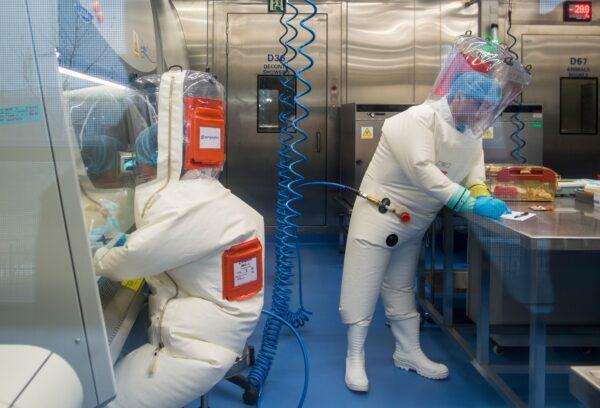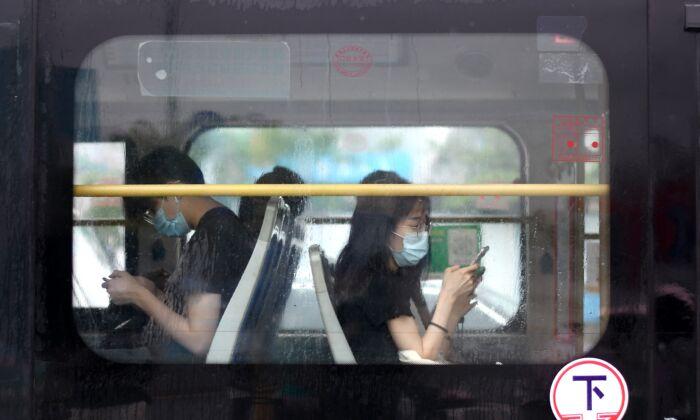Despite comprehensive testing at the Wuhan Huanan Seafood Market (HSM), the origin of the SARS-COV-2 virus remains indeterminate.
Chinese researchers tested 1,380 samples collected in early 2020 from the HSM environment and some of the animals within the market and concluded that SARS-COV-2, the causative agent of COVID-19, was prevalent.
From this result, the researchers believe that the viruses in the market could have been brought there by human beings who were infected with the SARS-COV-2 somewhere else.
The Western researchers believed that the sellers of the live animals, such as raccoon dogs, rhizomys (a genus of rodents), badgers, and masked palm civets, were infected with the virus from the mammals, and then spread it to others in Wuhan city.

China CDC’s Report
A group of 38 Chinese researchers, led by virologist and immunologist George Gao, director of China CDC and dean of the Savaid Medical School of the University of Chinese Academy of Sciences, with members from China, Shanghai, and Public Health Agency of Canada wrote a paper titled “Surveillance of SARS-CoV-2 in the Environment and Animal Samples of the Huanan Seafood Market,” the researchers first explained that scientists have proposed that bats might be the original source of the virus, and pangolins might be the intermediate hosts.However, HSM didn’t trade in bats or pangolins between May 2017 and November 2019, the paper quoted a Chinese study.
From Jan. 1, 2020, to Mar. 30, 2020, researchers from China CDC, Hubei Provincial CDC, and Wuhan Municipal CDC, went to HSM and collected 923 environmental samples inside and around the market, and 457 animal samples that included animal bodies, stray animals, and animal feces.
The results show that all animal samples were SARS-COV-2 virus free.

Among the environmental samples, 64 from inside the market tested positive, five samples from warehouses related to HSM tested positive, three sewer samples from the market tested positive, and one sample from another similar market tested positive.
For the 64 positive samples from inside HSM, 56 or 87.5 percent of them were from the west zone, and all types of vendor stalls, including cold-chain products, aquatic products, seafood products, poultry, livestock, wildlife products, and vegetables.
The researchers then successfully obtained seven complete genome sequences of viruses from three environmental samples and four cell supernatants that were inoculated with the virus from the environmental samples. These genome sequences are 99.993 percent and 99.987 percent the same as the clinical strains obtained from Wuhan COVID-19 patients in early 2020.
Questions
China CDC researchers said that the Chinese regime disinfected HSM several times in January and February 2020, and cleaned all stalls in early March 2020. The samples were taken both before and after the disinfection.The samples were picked up in 2020, weeks after the first patient was infected with the virus and the market stopped selling any live animals, therefore, the market’s status in late 2019 when the first patients were infected is undetermined.

Scientists from around the world still don’t agree on where and when SARS-CoV-2 was first transmitted to a human being, and whether patient zero was infected with the virus from an animal or even the type of animal implicated in such a transmission.





